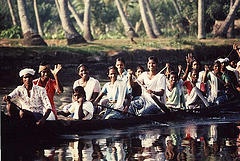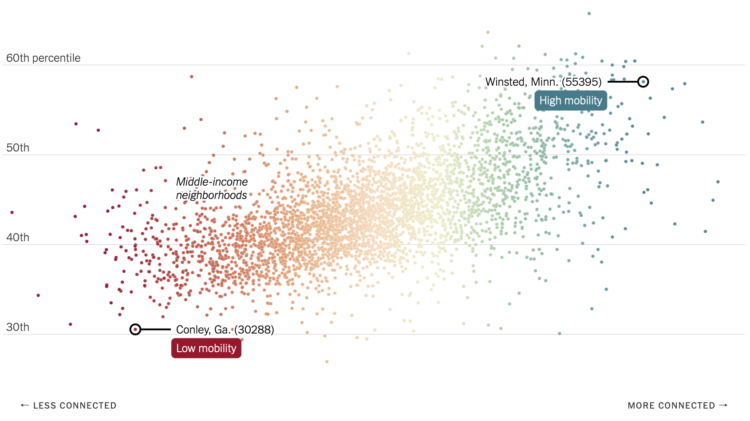
Image courtesy of Carl Parkes
Technology and poverty seem to be intrinsically at odds with one another. Technology is a luxury, right? While the “smartphone” has been hugely influential in wealthy nations, simple pay as you go cell phones have also transformed poor, rural areas and they are being used to monitor market prices of crops via text messages. This critical information can help a farmer decide what to bring to market and where, to get the best prices. The stripped down basic cell phone could greatly improve a farmer’s income. It’s possible that science and technology could be key components in alleviating poverty all over the world.
India, which is home to 1/3 of the world’ poor, is trying to use science and technology to improve the quality of life in a variety of ways. To make their education system more competitive globally, they are challenging electronics companies to develop prototypes of a $50 tablet so that the government can provide 5 million tablets to improve student’s learning. The National Knowledge Network is establishing the infrastructure for high-speed internet to link all villages in India. These basic technologies will broaden the reach of education and improve the prospects for employment for all.
Other projects use science to address very basic needs. Scientists are improving access to drinking water by analyzing underground flow with monitored isotopes. This helps villagers establish wells at the most optimal position. Other scientists are hard at work developing vaccines that are affordable and targeted to diseases that thrive in impoverished areas with poor sanitation like hepatitis B and rotavirus.
Jairam Ramesh, the leader of the Ministry of Rural Development, has a conservative view of the role that science plays in bringing Indians out of poverty. He says that while science can solve some problems, there are deeper issues in the diffusion of knowledge and societal barriers to change. It’s important to use technology to provide what help it can, but there will need to be a social and policy component to the attack on poverty.
How can we encourage scientists to work on issues critical to poverty vs. those issues that will garner a Cell, Science or Nature paper? Why aren’t those issues one and the same? Some institutions, like the Bill and Melinda Gates Foundation, are tackling these issues and beginning to see return on their investment. Hopefully, researchers and inventors will continue to increase their investment in technologies that can alleviate the detriments of poverty.



 0000-0002-8715-28960000-0001-7318-5892 This year PLOS celebrates the 10th anniversary of PLOS Neglected Tropical Diseases (PLOS NTDs). The festivities are off to an impressive start with a strong presence at the 2017 NTD Summit in Geneva, Switzerland, a
0000-0002-8715-28960000-0001-7318-5892 This year PLOS celebrates the 10th anniversary of PLOS Neglected Tropical Diseases (PLOS NTDs). The festivities are off to an impressive start with a strong presence at the 2017 NTD Summit in Geneva, Switzerland, a

